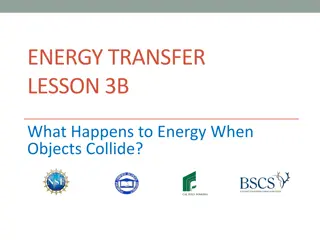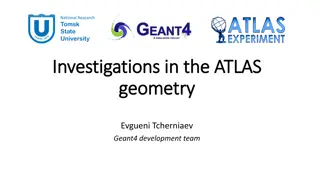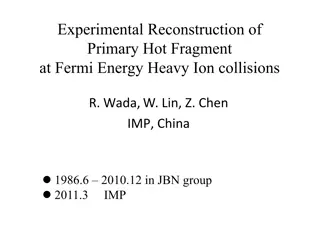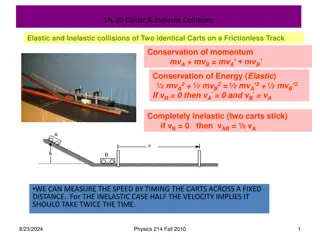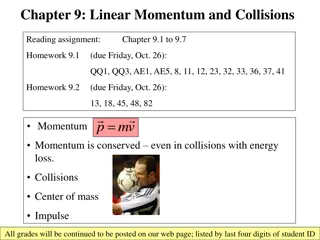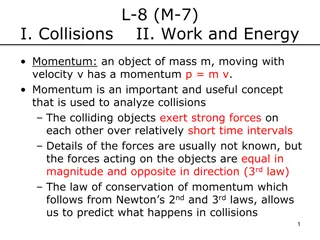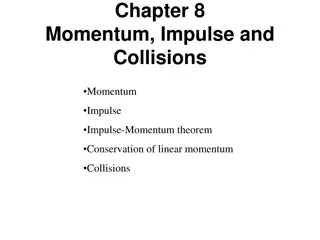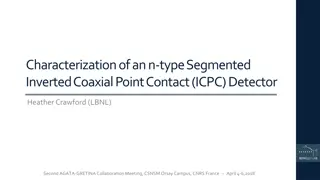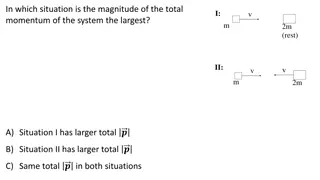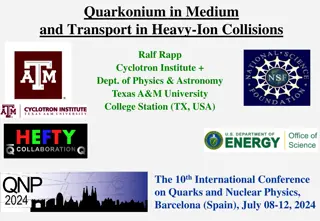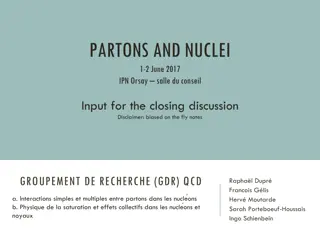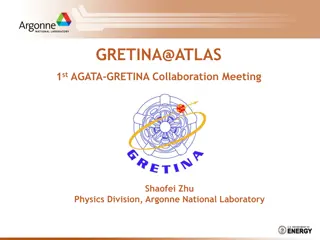B-Jets in Pb+Pb Collisions with the ATLAS Detector
Delve into the fascinating world of B-jets in collisions involving lead nuclei with the ATLAS detector. Understand the significance of jets, transverse momentum, azimuthal angles, pseudorapidity, centrality, and more. Explore the next steps in analyzing histograms to differentiate between b-jets and light quark jets.
Download Presentation

Please find below an Image/Link to download the presentation.
The content on the website is provided AS IS for your information and personal use only. It may not be sold, licensed, or shared on other websites without obtaining consent from the author. Download presentation by click this link. If you encounter any issues during the download, it is possible that the publisher has removed the file from their server.
E N D
Presentation Transcript
B-JETS IN PB+PB COLLISIONS WITH THE ATLAS DETECTOR
Introduction What are jets? Pb Pb
Introduction Why are we studying them? Why use b jets?
Pt-Transverse momentum ?? = ? sin?
Eta () - Pseudorapidity ? 2 ? ln tan ????? ????????: 4.9 < ? < 4.9
Eta () and Pt ? p? = cosh?
Whats next? We will clean up the histograms by trying to remove as much as we can of the background and the pile up; Compare the jets in diferente percentages of centrality; Study the dijet pt asymmetry and the ; Differentiate the b jets from light quark jets by making cuts in the variables Xjet_mv2c10 and Xjet_dl1.
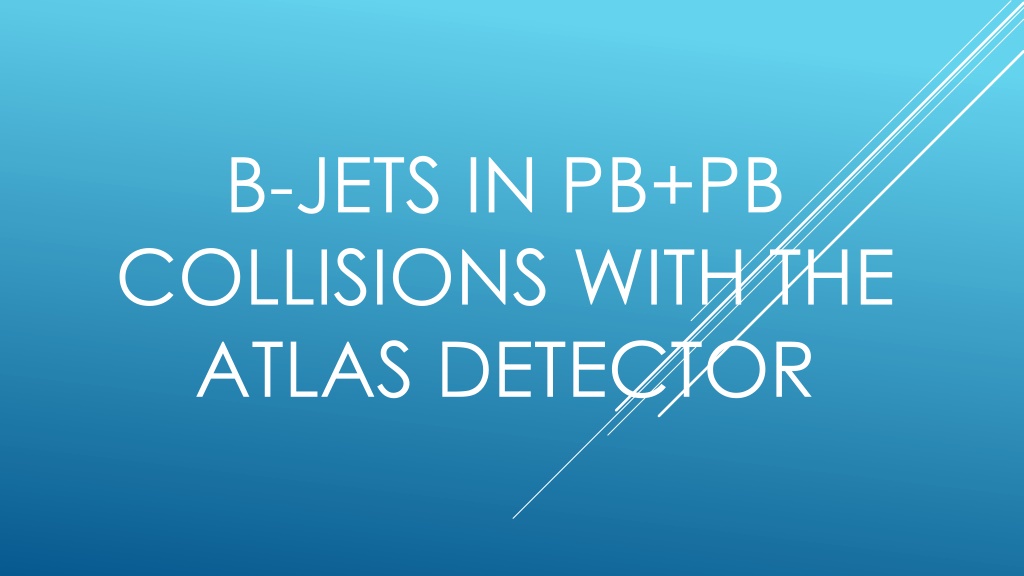
 undefined
undefined





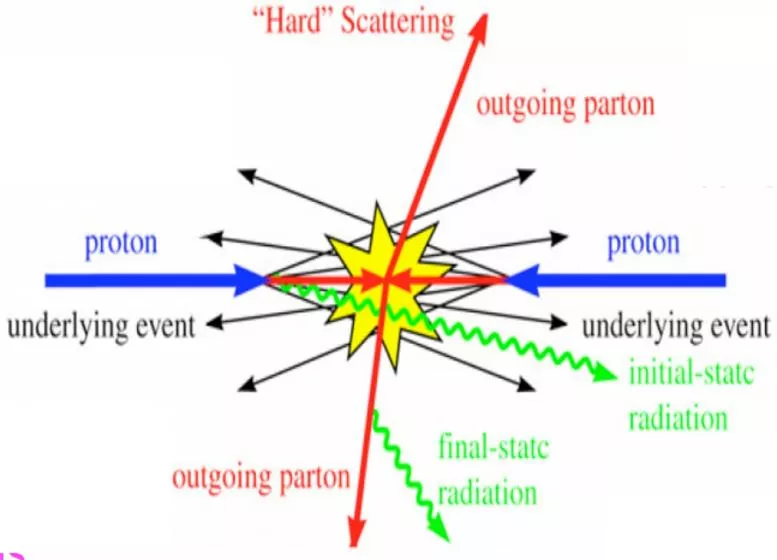

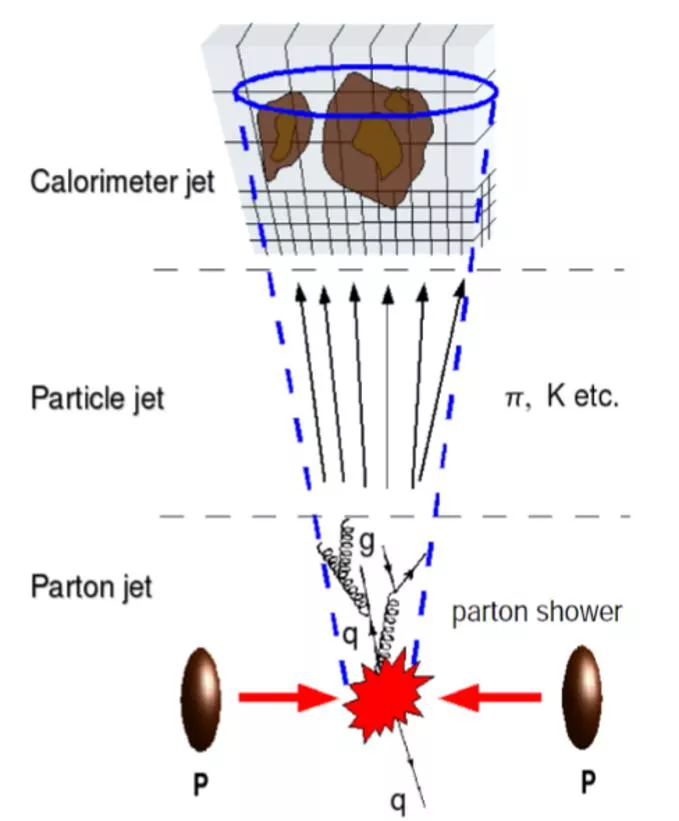



![[PDF⚡READ❤ONLINE] Road Atlas for the Total Solar Eclipse of 2024 - Color Editio](/thumb/21696/pdf-read-online-road-atlas-for-the-total-solar-eclipse-of-2024-color-editio.jpg)


